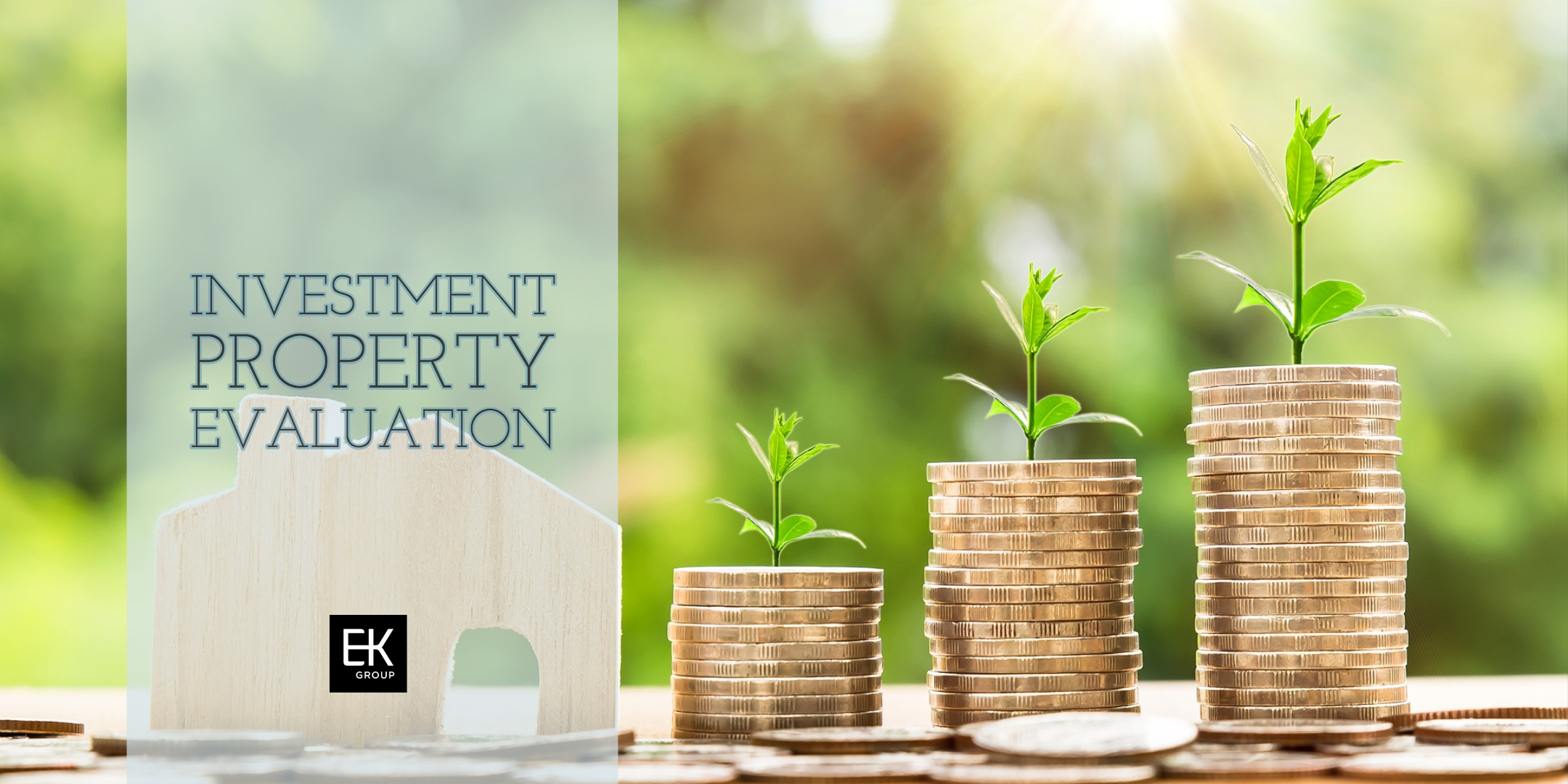Written by Edward Krigsman
Oftentimes we’re asked the question, how do you determine the value of an investment property? There are several ways to do it, and different approaches work best for different properties. For smaller duplexes, and fourplexes often times a quick and dirty way to discuss the value is to look at a gross rent multiplier. So you would take your gross rents, maybe $30,000 a year and multiply it times the gross rent multiplier or GRM that prevails for similar places in the neighborhood. So a property may sell for 10% or 20% its gross rent.
A property where the gross rents are $30,000, it may sell for $300,000. For example that would be a GRM of 10. With investment property, we also look at the price per square foot. A very similar metric as with single-family homes and since investors really look at the rent rate per square foot, which in the Seattle area could range from $1.50 per month for gross rents up to maybe $3 or $4 per square foot for smaller properties or newer and better properties.
You can look at the price per square foot since again, rents and value are related to size and since you’re renting out square feet that can be another tool for calculating the value. You can look at the prevailing price per square foot of similar investment properties. Duplexes, fourplexes, and the like in the area and then multiply that area times the square feet for the subject property, and you come up with an estimation of value.
That figure also works well for bigger, five units or greater, multi-family and commercial properties as well. But for bigger properties, we really rely on a capitalization rate to determine value. So a cap rate prevails in different neighborhoods differently. So in a very high demand area, you may see a cap rate of 3% or 4% or 5%. And that maybe like in Capitol Hill, in an urban area where there’s very, very focused demand and limited supply for rentals and limited land.
Cap rates again can be 3% of 4%. Whereas they may be 7% or 10% in outlying areas maybe Tacoma, Everett areas further out where there’s less demand for housing, lower incomes and so forth. Cap rate is determined by taking the NOI, the net operating income and looking at the ratio of that to its asset value. So, for example, if a property sold for a million dollars and it had a net operating income of $100,000, then the cap rate would be 10%.
Subscribe to EK Invest, our new monthly newsletter, tiered toward beginner and seasoned real estate investors.
 Facebook
Facebook
 X
X
 Pinterest
Pinterest
 Copy Link
Copy Link

